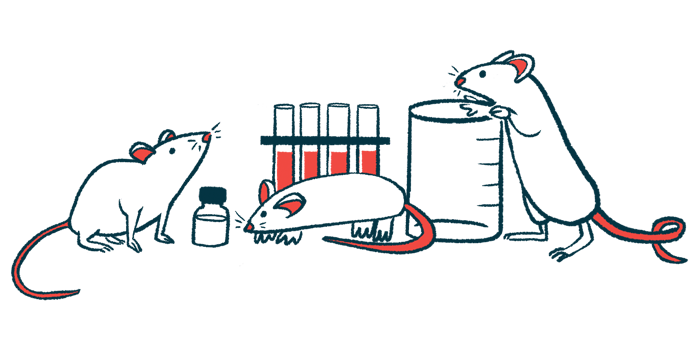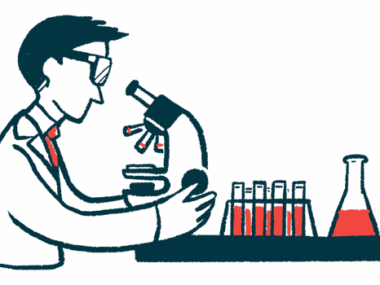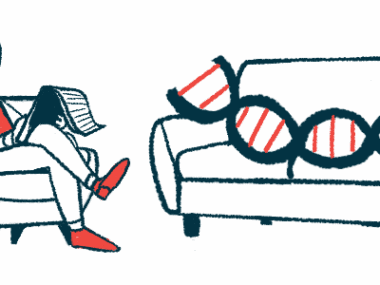Genetic medicine could target Angelman’s root cause
Animal studies show rugonersen restores protein activity in brain cells
Written by |

The genetic medicine rugonersen (RO7248824) may be able to target the underlying cause of Angelman syndrome.
A study found that the treatment — tested in early clinical trials and expected to enter Phase 3 trials early next year — restored UBE3A protein activity in mouse and primate models of the syndrome.
The study, “Angelman syndrome patient-derived neuron screen leads to clinical ASO rugonersen targeting UBE3A-ATS with long-lasting effect in monkeys,” was published in Nucleic Acid Research.
Angelman is a genetic disorder caused by mutations in the UBE3A gene, which encodes a protein of the same name. Everyone inherits two copies of the UBE3A gene, one from each biological parent — but in certain brain cells, only the copy inherited from the biological mother is active. Angelman syndrome develops when this maternal copy has a mutation leading to low functional UBE3A protein levels in those brain cells.
One potential strategy to treat Angelman would be to turn on the paternally inherited copy of the UBE3A gene in brain cells. Theoretically, this could provide functional UBE3A protein in key brain regions to effectively address the underlying cause of Angelman. Rugonersen is designed to do just that: It’s designed to reduce levels of UBE3A-ATS, an RNA molecule that normally acts to silence the paternal copy of the UBE3A gene in cells.
Tests in cells, mice, primates show promise
Rugonersen belongs to a class of genetic medicines called antisense oligonucleotides. Researchers, in search of an antisense oligonucleotide that can target UBE3A-ATS to increase UBE3A protein levels, conducted a screen of many such molecules in nerve cells derived from Angelman patients, and identified rugonersen as a potential Angelman treatment.
They first conducted tests in nerve cells in dishes, then in mouse models of Angelman, and finally in nonhuman primates. In all these models, rugonersen consistently led to an increase in UBE3A protein levels as designed, and safety data didn’t indicate any unacceptable risks.
“Rugonersen produced a long-lasting reduction of UBE3A-ATS in monkey brains, concomitant with upregulation of paternal UBE3A” protein, the researchers wrote.
The discovery and preclinical development of rugonersen were funded by Roche, which subsequently launched a Phase 1 clinical trial (NCT04428281) that tested the therapy in dozens of children with Angelman syndrome. Although safety data from the study were generally positive, efficacy markers fell short of what Roche had determined would be necessary to justify investing in further development, and in 2023 the company said it would no longer pursue rugonersen development.
Yet the study’s authors said the Phase 1 trial “revealed signals of clinical improvement in core AS symptom domains beyond expectation from natural history data.”
Oak Hill Bio now owns the rights to rugonersen, and has announced plans to start a Phase 3 trial of rugonersen in Angelman syndrome. According to the company’s website, the trial is expected to begin in the first quarter of 2026.






